
Polish literature is the literary tradition of Poland. Most Polish literature has been written in the Polish language, though other languages used in Poland over the centuries have also contributed to Polish literary traditions, including Latin, Yiddish, Lithuanian, Russian, German and Esperanto. According to Czesław Miłosz, for centuries Polish literature focused more on drama and poetic self-expression than on fiction. The reasons were manifold but mostly rested on the historical circumstances of the nation. Polish writers typically have had a more profound range of choices to motivate them to write, including past cataclysms of extraordinary violence that swept Poland, but also, Poland's collective incongruities demanding an adequate reaction from the writing communities of any given period.
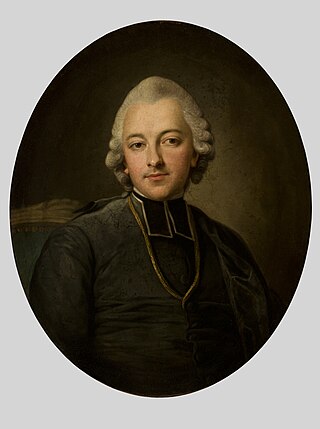
Ignacy Błażej Franciszek Krasicki, from 1766 Prince-Bishop of Warmia and from 1795 Archbishop of Gniezno, was Poland's leading Enlightenment poet, a critic of the clergy, Poland's La Fontaine, author of the first Polish novel, playwright, journalist, encyclopedist, and translator from French and Greek.
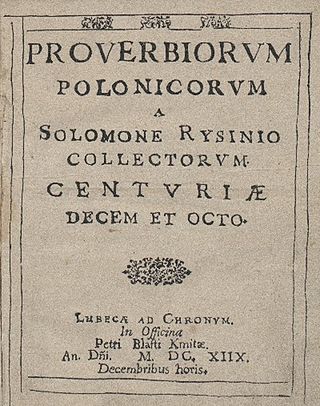
Tens of thousands of Polish proverbs exist; many have origins in the Middle Ages. The oldest known Polish proverb dates to 1407. A number of scholarly studies of Polish proverbs (paremiology) exist; and Polish proverbs have been collected in numerous dictionaries and similar works from the 17th century onward. Studies in Polish paremiology have begun in the 19th century. The largest and most reputable collection of Polish proverbs to date, edited by Julian Krzyżanowski, was published in 1970s.

Adam Bernard Mickiewicz was a Polish poet, dramatist, essayist, publicist, translator and political activist. He is regarded as national poet in Poland, Lithuania and Belarus. He also largely influenced Ukrainian literature. A principal figure in Polish Romanticism, he is one of Poland's "Three Bards" and is widely regarded as Poland's greatest poet. He is also considered one of the greatest Slavic and European poets and has been dubbed a "Slavic bard". A leading Romantic dramatist, he has been compared in Poland and Europe to Byron and Goethe.

Józef Ignacy Kraszewski was a Polish novelist, journalist, historian, publisher, painter, and musician.

Fables and Parables, by Ignacy Krasicki (1735–1801), is a work in a long international tradition of fable-writing that reaches back to antiquity.
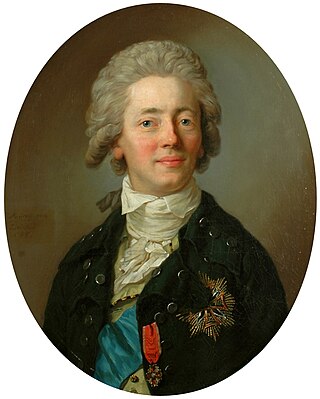
CountStanisław Kostka Potocki was a Polish nobleman, politician, writer, public intellectual, and patron of the arts. He was involved in public education and active in the period that has been termed as the Polish Enlightenment.
Deputy pantler was a court office in Poland and Lithuania. They were the deputy of a pantler, and was responsible for the King's and Grand Duke's pantry.
Romanticism in Poland, a literary, artistic and intellectual period in the evolution of Polish culture, began around 1820, coinciding with the publication of Adam Mickiewicz's first poems in 1822. It ended with the suppression of the January 1863 Uprising against the Russian Empire in 1864. The latter event ushered in a new era in Polish culture known as Positivism.

Pan Twardowski, also known as Master Twardowski, is a sorcerer in Polish folklore and literature who made a deal with the Devil. Twardowski sold his soul in exchange for special powers – such as being able to summon for King Sigismund Augustus the spirit of his deceased wife – and eventually met a tragic fate.
Literature of the 18th century refers to world literature produced during the years 1700–1799.

Michał Elwiro Andriolli was a Polish illustrator, painter and architect of Italian descent. He is notable for his illustrations to Mickiewicz's Pan Tadeusz, as well as a distinctive style of villas built outside Warsaw. He was probably most well known for his architecture – Świdermajer. This was a regional architectural style common in the Otwock, Poland region. These structures were wooden in construction and were popularized from the turn of the 19th and 20th centuries. Its creator was Michał Elwiro Andriolli. It is characterized by gazebos and decorations above the windows, some of the houses also had turrets. Pine trees were planted together with the buildings as part of the composition.
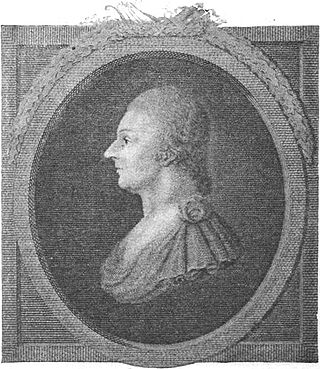
Franciszek Ksawery Dmochowski (1762–1818) was a Polish Romantic novelist, poet, translator, publisher, critic, and satirist. Father of Franciszek Salezy Dmochowski.

Michał Dymitr Tadeusz Krajewski, sometimes also referred to as Dymitr M. Krajewski, was a Polish writer and educational activist of the times of the Enlightenment in Poland. His 1784 book Podolanka became the most debated and published Polish novel of that year, and his next book, Wojciech Zdarzyński, is considered to be the first Polish science-fiction novel.

"O Sacred Love of the Beloved Country", also known as "Hymn to the Love of the Country", is a patriotic poem by the Polish Enlightenment author and poet, Ignacy Krasicki, published in 1774. It became one of Poland's national anthems.
Ignacy is a Polish given name, equivalent of the name Ignatius. Notable people with the name include:
Karol Boscamp-Lasopolski was a Dutch diplomat in service of Poland and Russia. He was a Chamberlain in the court of Polish king Stanisław August Poniatowski. He was lynched by a mob during the Warsaw Uprising of 1794.
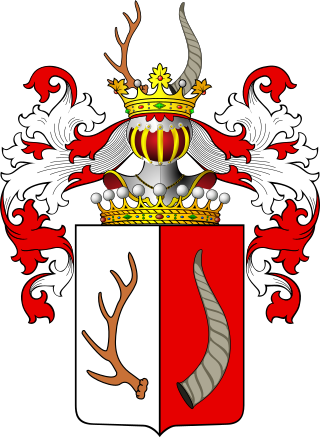
Krasicki was a Polish noble family first mentioned in the 15th century. Many Krasiccy were magnates in the First Republic of Poland.

Lel and Polel are Polish divine twins, first mentioned by Maciej Miechowita in the 16th century where he presents them as equivalents of Castor and Pollux and the sons of the goddess Łada, the equivalent of Leda. There is no complete agreement about the authenticity of the cult of Lel and Polel.

Aleksander Jełowicki was a Polish writer, poet, translator and publisher. He was a veteran of the November Uprising, deputy to the Sejm of Congress Poland for the Haisyn powiat and political exile in France, where he was a social activist, superior of the Polish Catholic Mission in Paris and monk.














